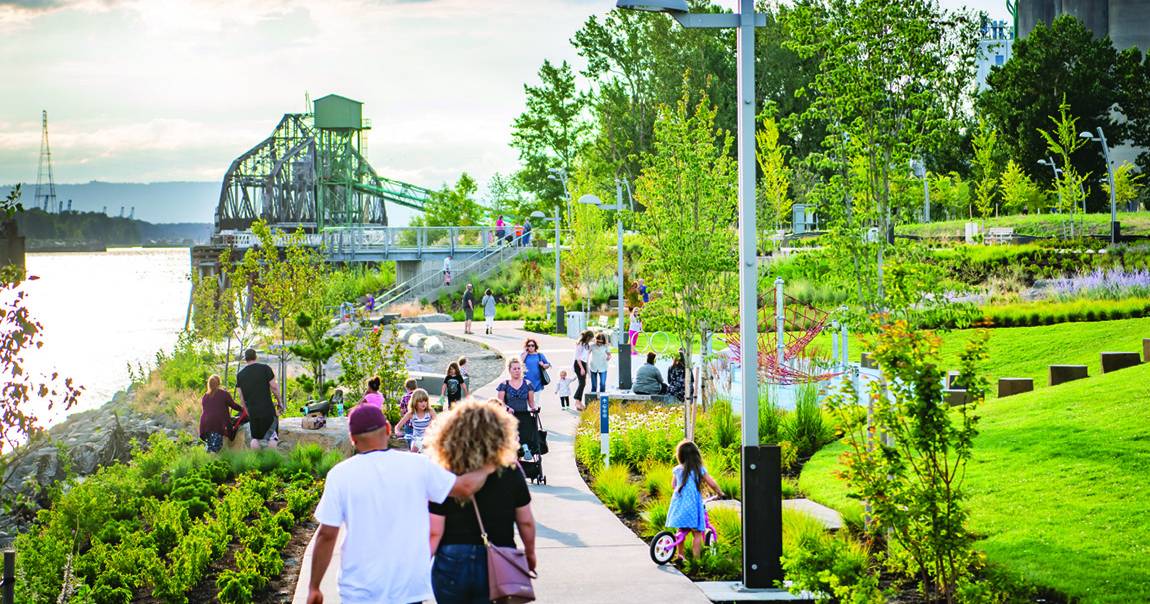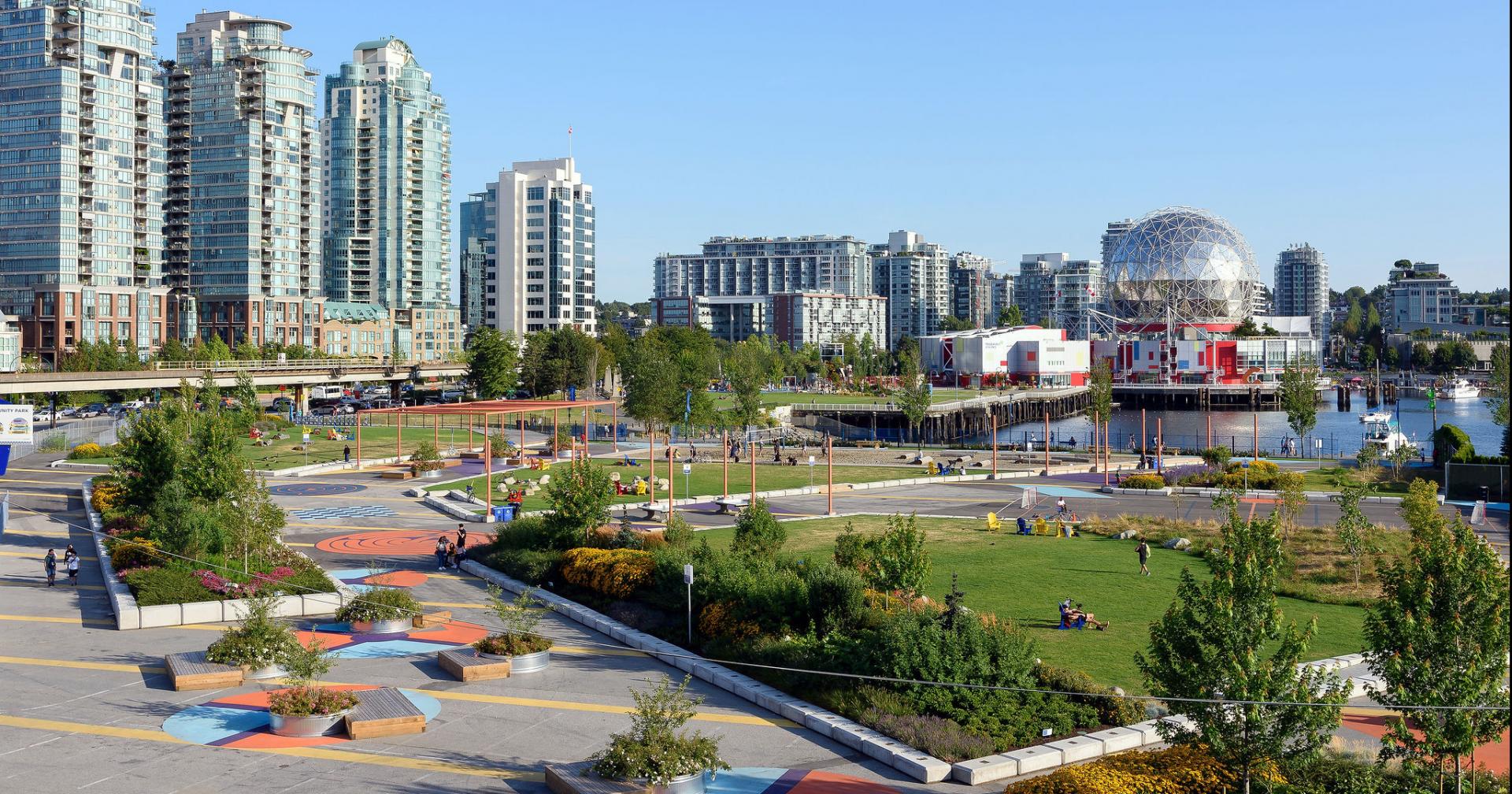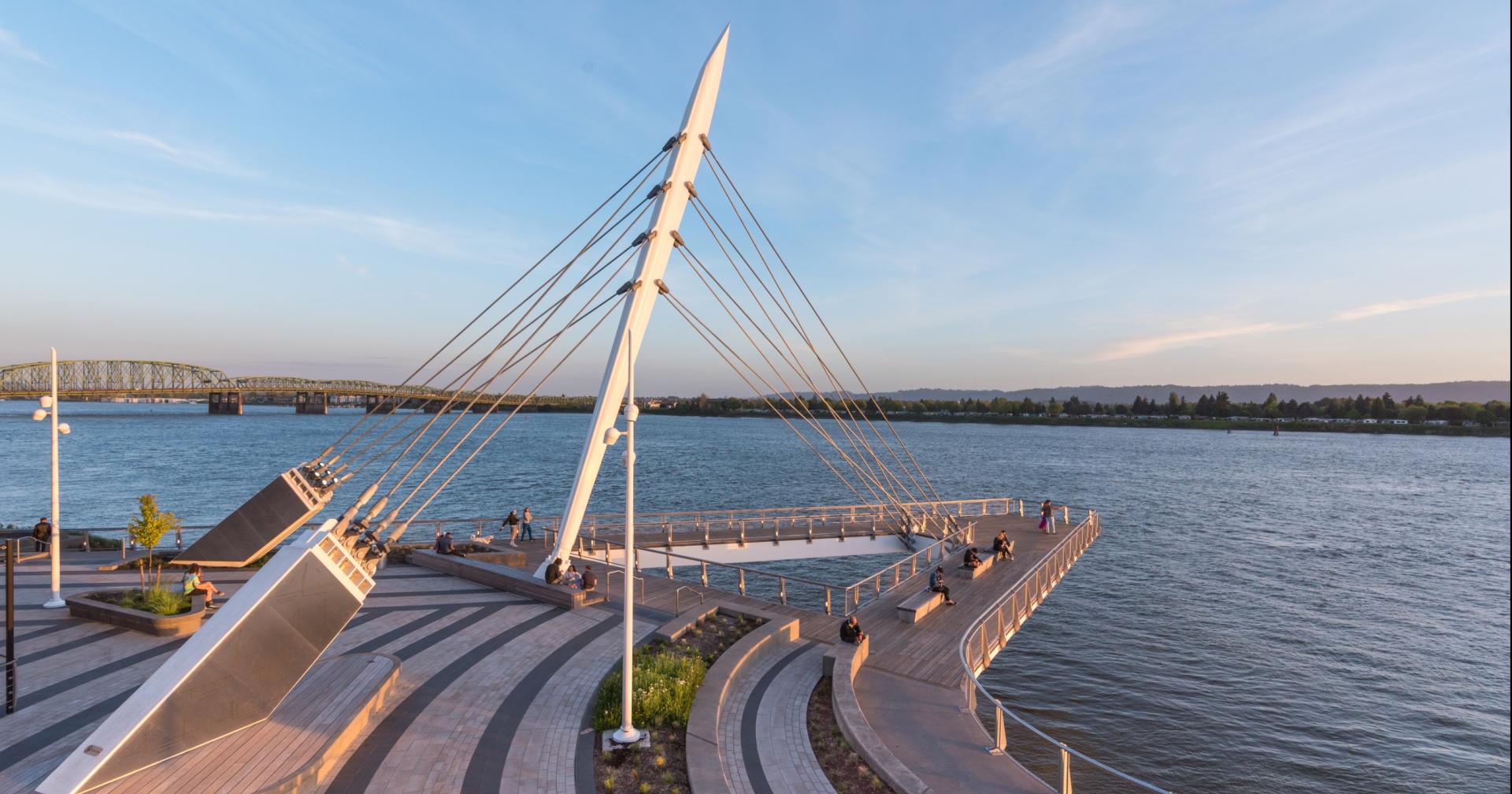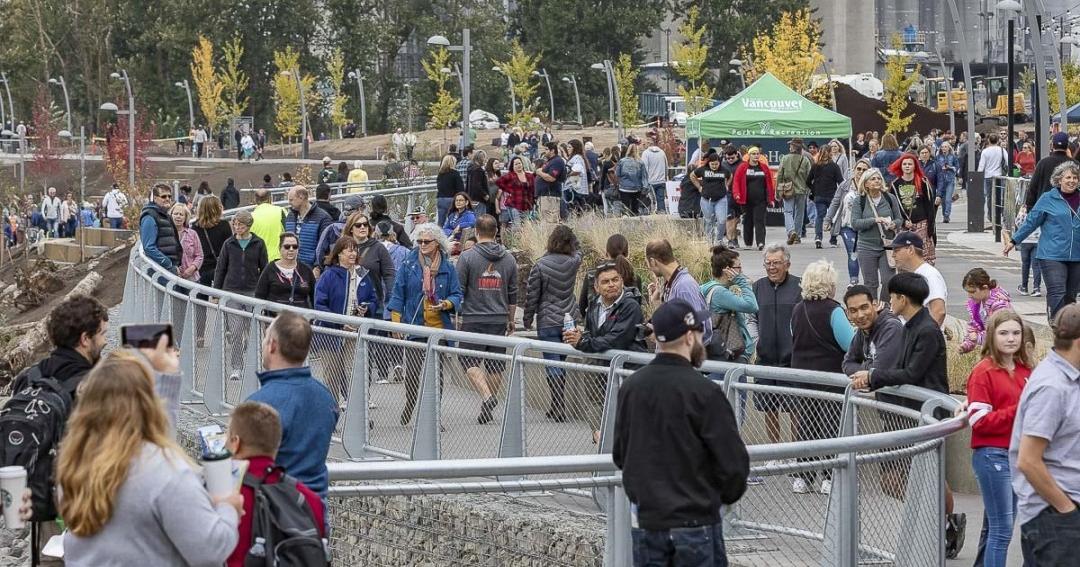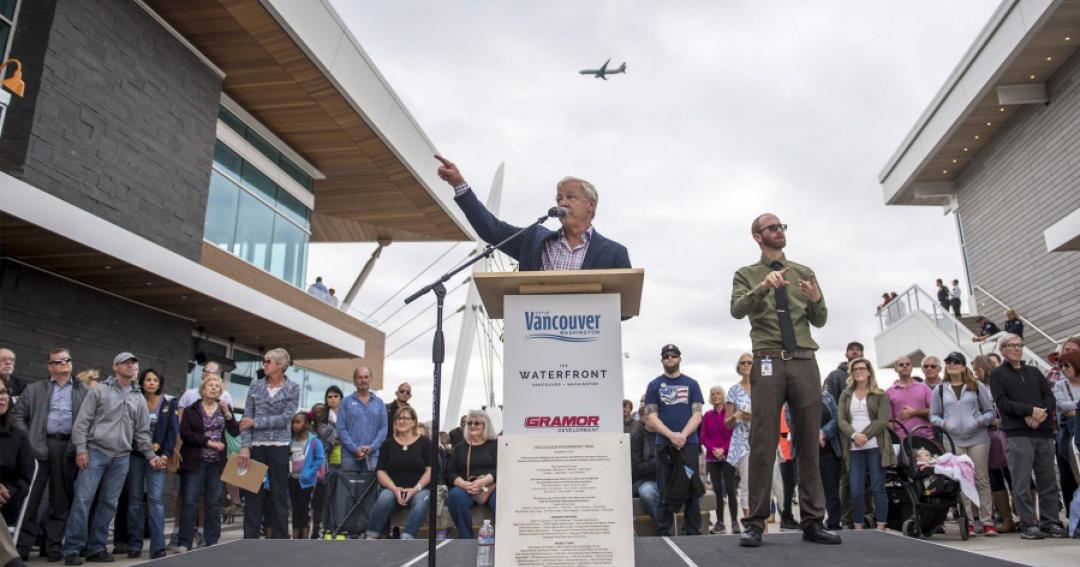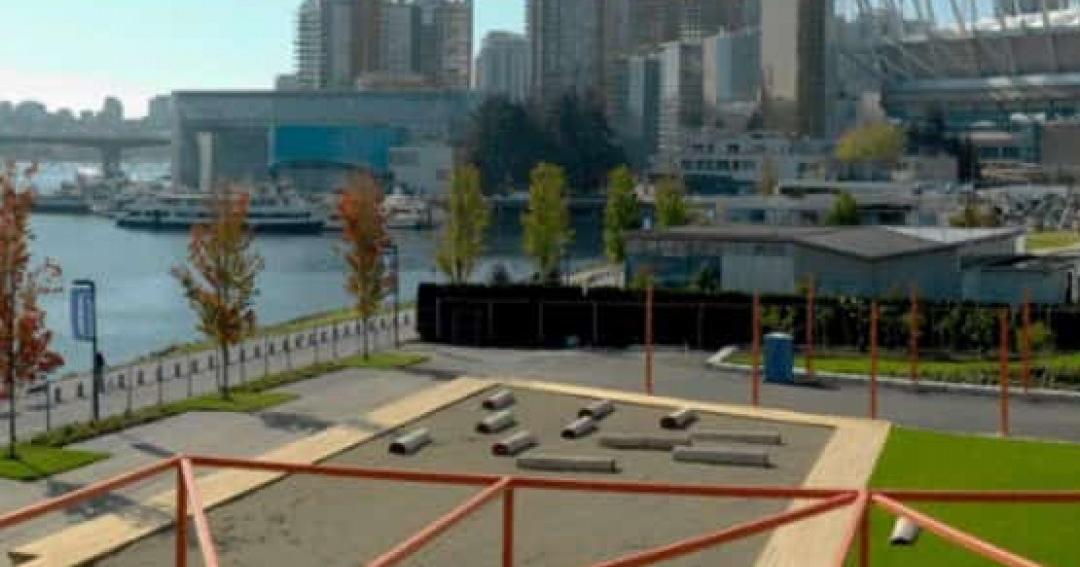Waterfront makeover ‘raises the expectations’ for public spaces, says Vancouver mayor
Published
On the north shore of the Columbia River, the city of Vancouver is embarking on the biggest development project in its history, a $1.5 billion makeover of its downtown waterfront.
Stretching more than 30 acres east and west of the Interstate Bridge, the development includes residential housing, office space, shops, restaurants, bars and tasting rooms. A new boutique hotel and a luxury condominium tower are scheduled to open this summer.
“The quality of this project helped, if you would, raise the expectations of what public spaces can be,” said Vancouver Mayor Anne McEnerny-Ogle.
Groundbreaking on the waterfront redevelopment began in 2015. The first phase of construction finished three years later with the opening of a new, 7-acre park and a pier that extends 90 feet over the Columbia River. A massive metal beam angled skyward, suspended by steel cables, was designed to evoke the image of a passing sailboat or being on the deck of an ocean liner.
“You feel like you’re on the Titanic in the middle of the ocean out there,” said McEnerny-Ogle.
The pier and surrounding construction represent the culmination of a public-private partnership decades in the making, and opening up a stretch of waterfront to public access after a century of private ownership.
For much of the 1900s, the land was used for a sawmill and then a paper mill that was last owned and operated by Boise Cascade. In 1996, the company ceased its paper manufacturing in Vancouver, and offered it for sale a decade later. A consortium of local investors formed to buy the parcel of prime waterfront property and redevelop it.
But then the Great Recession struck in 2008, throwing the economy into a tailspin and the future of the project into question. McEnerny-Ogle credits a public-private partnership and a commitment from business and civic leaders to stay the course.
“We had five different election cycles, mayors and councilors all through this entire process,” she said. “All of these community leaders and developers got together and said, ‘We can do this, and make it through that recession.’”
The mayor said that a total of $75 million in public funds from local, state and federal sources has been invested in the waterfront redevelopment. The money has been used to make infrastructure improvements and clean the industrial site before construction could begin.
Columbia Waterfront LLC is the lead investor on the $1.5 billion project and donated the land for the waterfront park.
According to the mayor, the use of public dollars for the redevelopment has been a wise investment for the city and its residents.
“Taking an old industrial site, turning it into spaces that the public has access to the river, that’s transformative to a community … It could have stood empty for years and years and years, but instead, those funds are coming back to repay all of those debts that the council and such went out on,” McEnerny-Ogle said.
But while the public now has access to tree-lined, riverfront property that was once closed off, owning a piece of it remains out of reach for many. The more than 3,000 units of housing planned for the waterfront are being offered at market rate, including condominiums with floor-to-ceiling windows that start at more than $800,000.
Affordable housing is a problem throughout the Portland metro region, including in Vancouver, its second-largest city. Earlier this month, city workers began removing tent encampments which had sprung up in different parts of Vancouver.
And while the mayor acknowledged these challenges, she defended the upscale development on the waterfront as a means to combat housing insecurity and affordability elsewhere in the city.
“It’s a balancing act,” McEnerny-Ogle said. “We do have a housing problem. We do have a homeless problem and we’re working on those, but we’re using the funds from tourism and all of these other opportunities to pay for that solution.”
According to city officials, two-thirds of the waterfront redevelopment has already been completed. Other big projects are on the horizon, such as the construction of a new dock at Terminal 1, the site of the Port of Vancouver’s original warehouse, and a 40,000 square-foot public market scheduled to open by 2027.
As visitors stroll through the park or watch sea lions resting on rocky haul-outs below, the reimagined waterfront serves not only as a work in progress but also an aspiration for the city and its ambitions in the region.
“It’s a region that we travel between for jobs, for economic development, for tourism,” said McEnerny-Ogle. “So as we look at the opportunity, people will be working from home, and home may be Clark County, so they don’t need to drive into Portland or head over to Intel in Beaverton.”
Editor’s note: Steve and Jan Oliva were early investors in the Vancouver waterfront development project. They are also funders of Think Out Loud.
